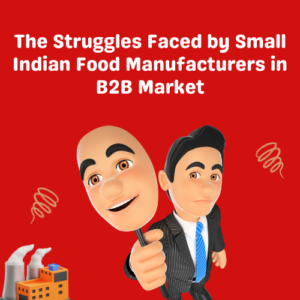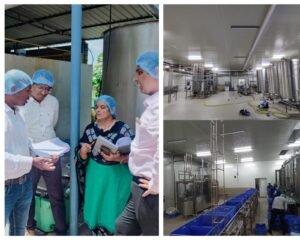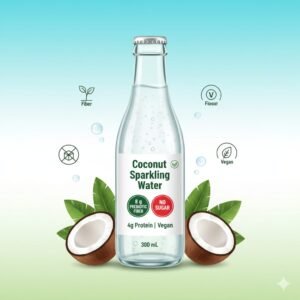Understanding the Break-Even Feasibility in Carbonated Drink Manufacturing
The carbonated beverage industry continues to evolve, offering a diverse range of products from fruit-flavored sodas to health-focused prebiotic drinks. For manufacturers, understanding the break-even feasibility of different segments is critical for optimizing operations and maximizing profitability. This blog highlights the key insights for carbonated drink manufacturing based on percentage contributions to break-even margins.
1. Fruit-Flavored Sodas (40%)
In carbonated drink manufacturing, fruit-flavored sodas like orange soda are the most profitable segment, with a break-even feasibility of 40%. Their widespread appeal, affordability, and mass-market accessibility make them a top choice for large-scale production.
Why Focus on Fruit-Flavored Sodas?
– High consumer demand ensures steady sales volumes.
– Low production costs and ease of distribution enhance profitability.
– Simplified manufacturing processes make them a staple in the industry.
2. Energy Drinks (25%)
Energy drinks hold a significant share in the carbonated drink manufacturing space, contributing 25% to break-even feasibility. These beverages are premium products with strong appeal among athletes, fitness enthusiasts, and younger demographics.
Key Considerations for Manufacturing Energy Drinks:
– Use of functional ingredients like caffeine and vitamins adds value.
– Premium pricing offsets higher production costs.
– Marketing strategies focusing on performance and energy benefits are crucial.
3. Plain Soda (20%)
Plain soda accounts for 20% of the break-even feasibility in carbonated drink manufacturing. This classic beverage segment remains relevant due to its versatility, as it is consumed both directly and as a mixer in cocktails.
Why Include Plain Soda in Your Portfolio?
– Consistent market demand ensures steady production cycles.
– Straightforward manufacturing processes reduce complexity.
– Requires minimal marketing investment compared to flavored or functional drinks.
4. Sparkling Water (10%)
Sparkling water represents 10% of the break-even feasibility in carbonated drink manufacturing. With a growing consumer preference for healthier, calorie-free options, this segment is gaining traction.
Manufacturing Challenges and Opportunities:
– Production costs are relatively higher due to advanced carbonation techniques.
– Branding should focus on health benefits and premium quality.
– Strong growth potential in urban and wellness-oriented markets.
5. Healthy Prebiotic Sodas (5%)
Prebiotic sodas, such as cranberry-based drinks, contribute 5% to break-even feasibility. As a niche segment in carbonated drink manufacturing, these beverages are designed for health-conscious consumers seeking functional benefits.
Manufacturing Insights for Prebiotic Sodas:
– Require innovative formulation processes to incorporate gut-health ingredients.
– Investment in consumer education about health benefits is essential.
– Opportunities to partner with health food retailers and wellness platforms.
Why Break-Even Analysis Matters in Carbonated Drink Manufacturing
Understanding the break-even feasibility of different segments enables manufacturers to:
– Optimize production lines for high-margin products.
– Strategically invest in emerging categories like prebiotic sodas and sparkling water.
– Balance the portfolio between high-volume staples and niche, high-value products.







